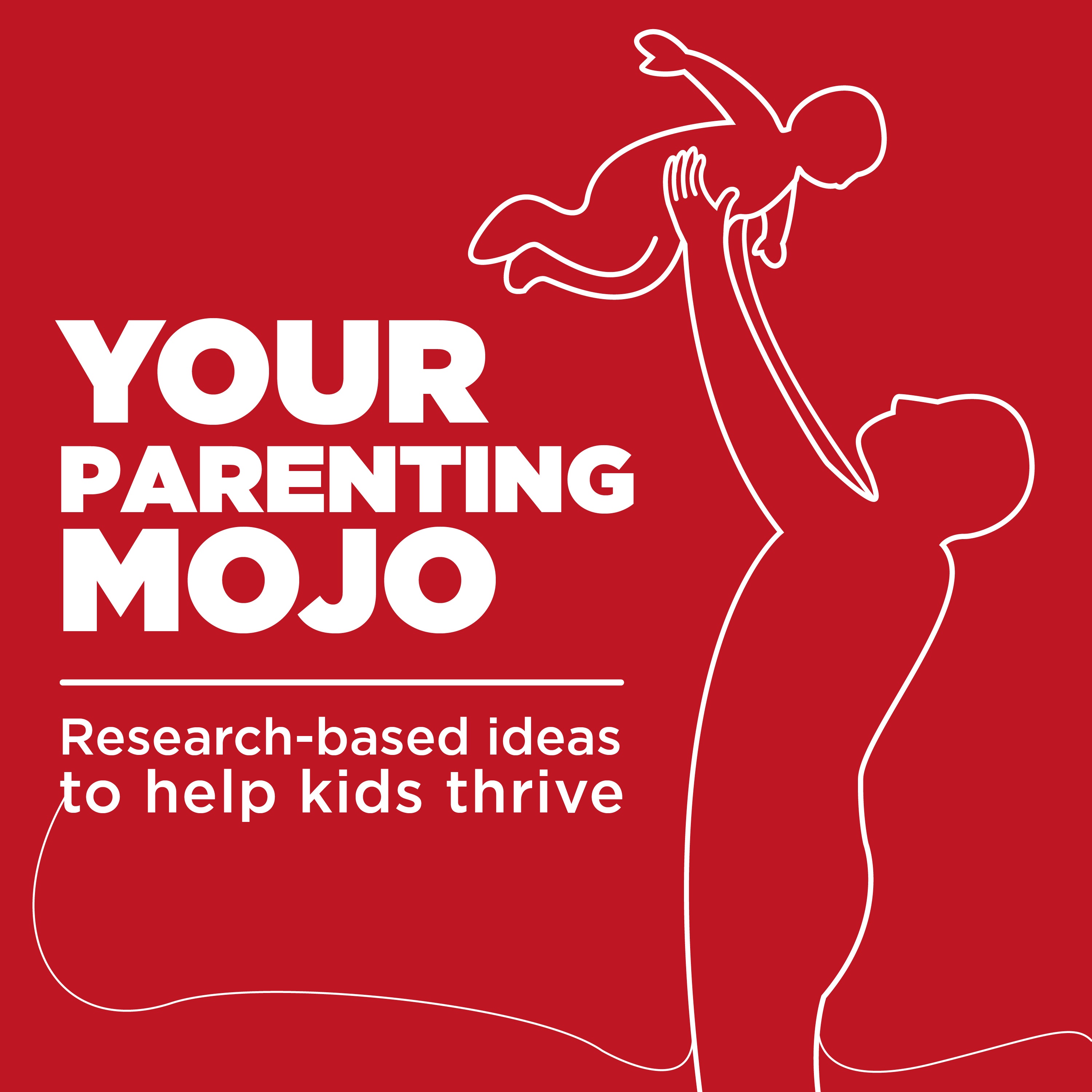060: What do children learn from reading books?

We\u2019ve done a couple of episodes on reading by now; episode 3 (which seems so long ago!) asked https://yourparentingmojo.com/003-your-toddler-isnt-reading-yet-neither-is-mine/ (whether you might have missed the boat on teaching your toddler to read). Of course, we know that you\u2019ve only missed the boat on that if you think that sitting your child in front of a video so they can recite the words they see without really understanding them counts as \u201creading.\u201d\nMuch more recently in episode 48 we talked with Dr. Laura Froyen about https://yourparentingmojo.com/reading/ (the benefits of shared reading) with your child and how to do that according to best practices from the research literature.\nThose of you who subscribe to my newsletter will recall that I\u2019ve been working on an episode on storytelling for months now. Part of the reason it\u2019s taking so long is that books on storytelling technique say to use original stories wherever possible because the language in them is so much richer, but if you\u2019ve ever read something like an original fairytale you know they can be pretty gory, and even the most harmless ones actually contain some pretty adult themes if you read between the lines.\nSo I wanted to know: what do children really learn from stories? How do they figure out that we want them to learn morals from stories but not that animal characters walk on two legs and wear clothes? How do they generalize that knowledge to the real world? And are there specific types of books that promote learning?\nJoin me in a conversation with Dr. Deena Weisberg of The University of Pennsylvania as she helps us to help our children learn through reading!\n\nOther shows mentioned in this episode\nhttps://yourparentingmojo.com/003-your-toddler-isnt-reading-yet-neither-is-mine/ (003: Did you miss the boat on teaching your child how to read?)\nhttps://yourparentingmojo.com/becomingbrilliant/ (010: Becoming Brilliant)\nhttps://yourparentingmojo.com/reading/ (048: The benefits of shared reading)\n \nReferences\nCheung, C.S., Monroy, J.A., and Delany, D.E. (2017). Learning-related values in young children\u2019s storybooks: An investigation in the United States, China, and Mexico. Journal of Cross-Cultural Psychology 48(4), 532-541.\nGanea, P.A., Ma, L., and DeLoache, J.S. (2011). Young children\u2019s learning and transfer of biological information from picture books to real animals. Child Development 82(5), 1421-1433.\nHeath, S.B. (1982). What no bedtime story means: Narrative skills at home and school. Language in Society 11(1), 49-76.\nHopkins, E.J., and Weisberg, D.S. (2017). The youngest readers\u2019 dilemma: A review of children\u2019s learning from fictional sources. Developmental Review 43, 48-70.\nOstrov, J.M., Gentile, D.A., and Mullins, A.D. (2013). Evaluating the effect of educational media exposure on aggression in early childhood. Journal of Applied Developmental Psychology 34, 38-44.\nRead, K., Macauley, M., and Furay, E. (2014). The Seuss boost: Rhyme helps children retain words from shared storybook reading. First Language 34(4), 354-371.\n \nhttps://www.addtoany.com/add_to/facebook?linkurl=https%3A%2F%2Fyourparentingmojo.com%2Freadingbooks%2Fandlinkname=060%3A%20What%20do%20children%20learn%20from%20reading%20books%3F ()https://www.addtoany.com/add_to/twitter?linkurl=https%3A%2F%2Fyourparentingmojo.com%2Freadingbooks%2Fandlinkname=060%3A%20What%20do%20children%20learn%20from%20reading%20books%3F ()<a class="a2a_button_pinterest" href="https://www.addtoany.com/add_to/pinterest?linkurl=https%3A%2F%2Fyourparentingmojo.